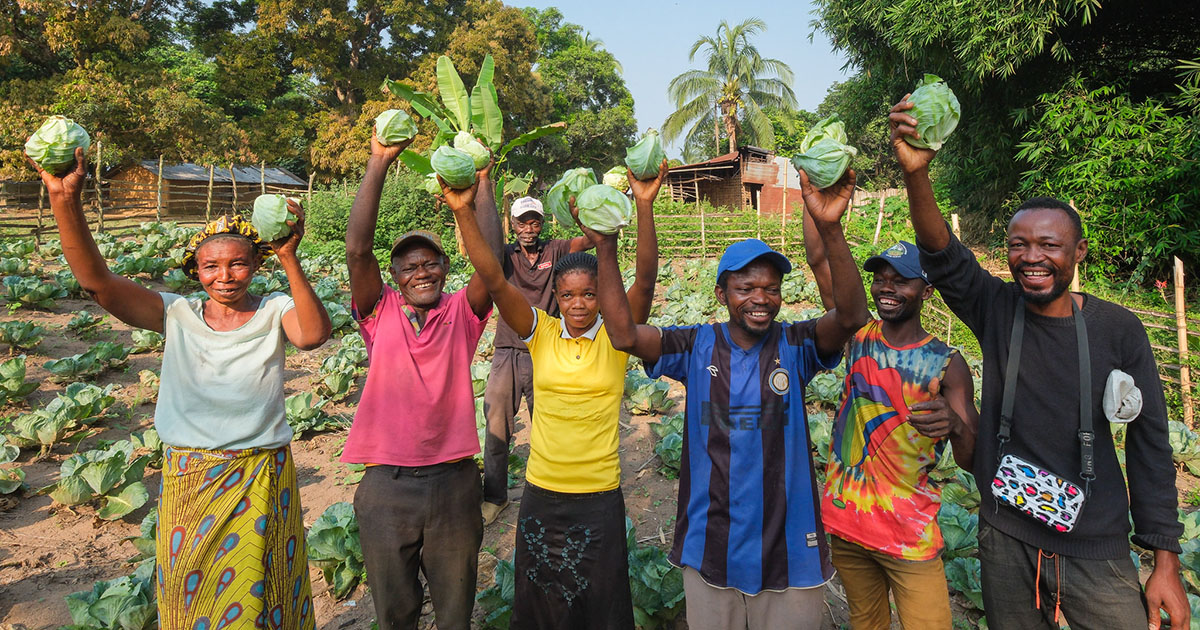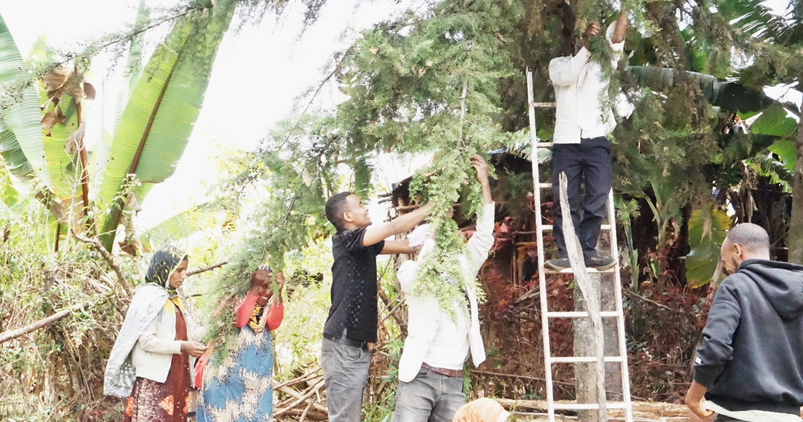The convergence of the biodiversity and climate crises, widening of wealth inequality, and most recently the COVID-19 pandemic underscore the urgent need to mobilize change to secure sustainable futures. Centres of tropical biodiversity are a major focus of conservation efforts, delivered in predominantly site-level interventions often incorporating alternative-livelihood provision or poverty-alleviation components. Yet, a focus on site-level intervention is ill-equipped to address the disproportionate role of (often distant) wealth in biodiversity collapse. Further these approaches often attempt to ‘resolve’ local economic poverty in order to safeguard biodiversity in a seemingly virtuous act, potentially overlooking local communities as the living locus of solutions to the biodiversity crisis. We offer Connected Conservation: a dual-branched conservation model that commands novel actions to tackle distant wealth-related drivers of biodiversity decline, while enhancing site-level conservation to empower biodiversity stewards. We synthesize diverse literatures to outline the need for this shift in conservation practice. We identify three dominant negative flows arising in centres of wealth that disproportionately undermine biodiversity, and highlight the three key positive, though marginalized, flows that enhance biodiversity and exist within biocultural centres. Connected Conservation works to amplify the positive flows, and diminish the negative flows, and thereby orientates towards desired states with justice at the centre. We identify connected conservation actions that can be applied and replicated to address the telecoupled, wealth-related reality of biodiversity collapse while empowering contemporary biodiversity stewards. The approach calls for conservation to extend its collaborations across sectors in order to deliver to transformative change.
Download:
DOI:
https://doi.org/10.1016/j.biocon.2023.110047
Dimensions Citation Count:























